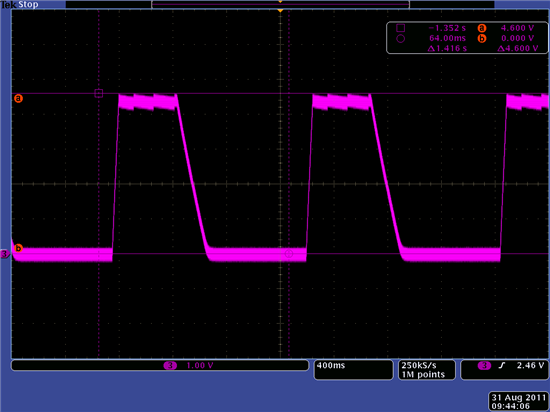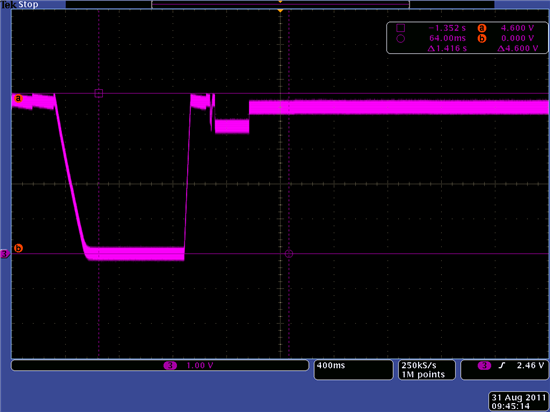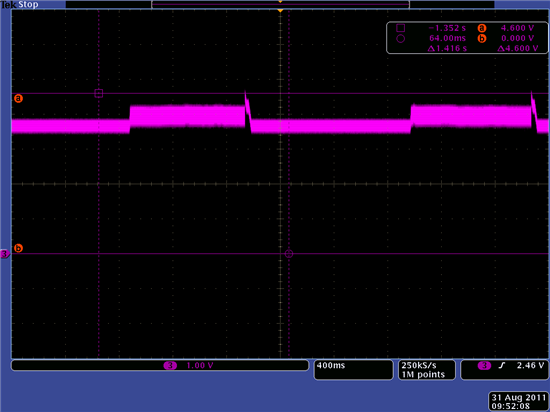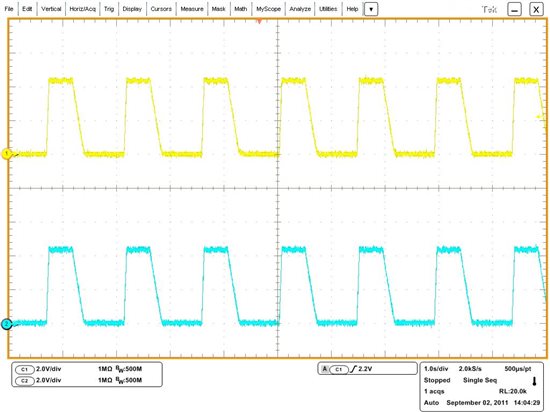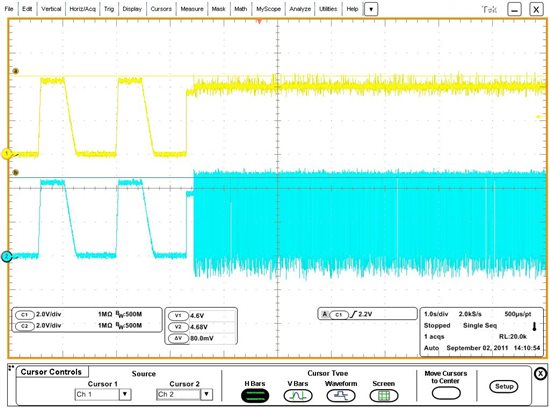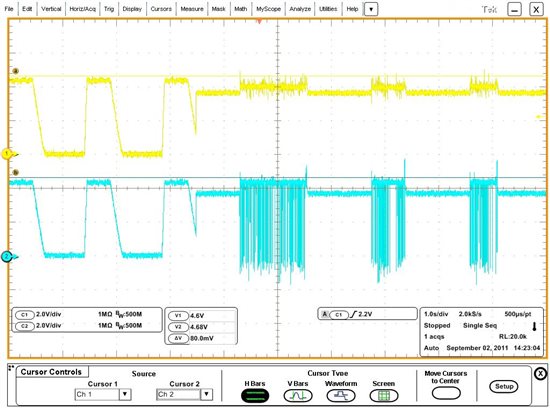Hi,
I use the bq24100 to charge a battery pack. As soon as I pull down #CE, STAT1 changes to ON state (STAT2 remains OFF). However, STAT2 immediately changes to OFF again.
What could be the problem? Why does STAT1 does not remain in ON state?
Thank you for your help.
Mike


